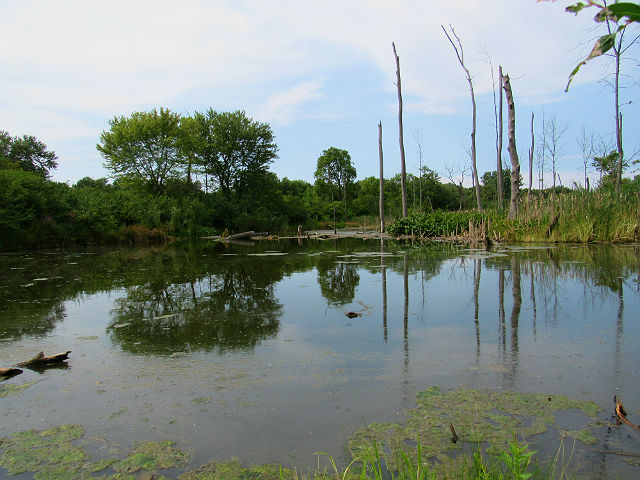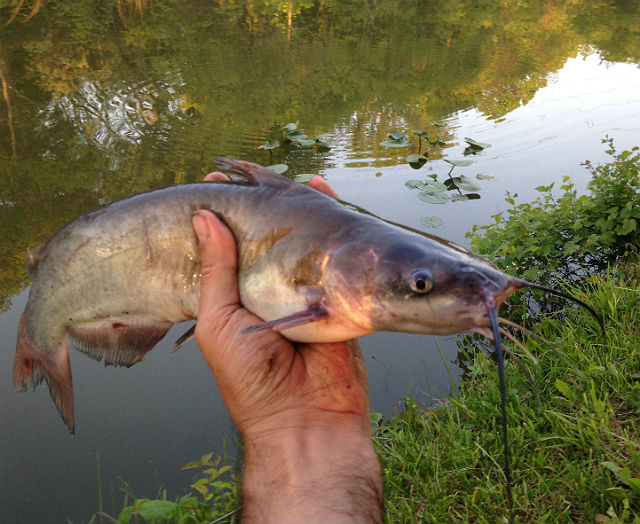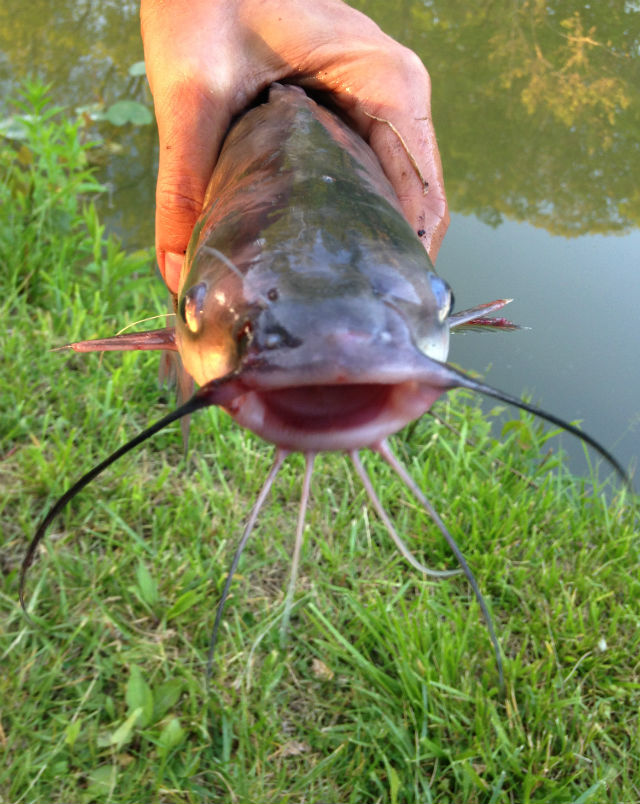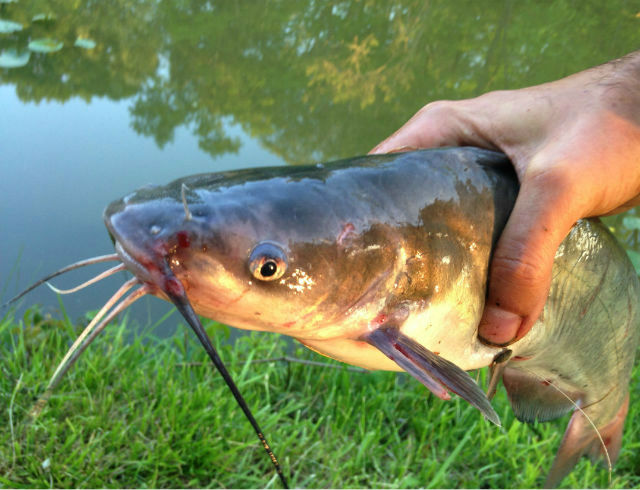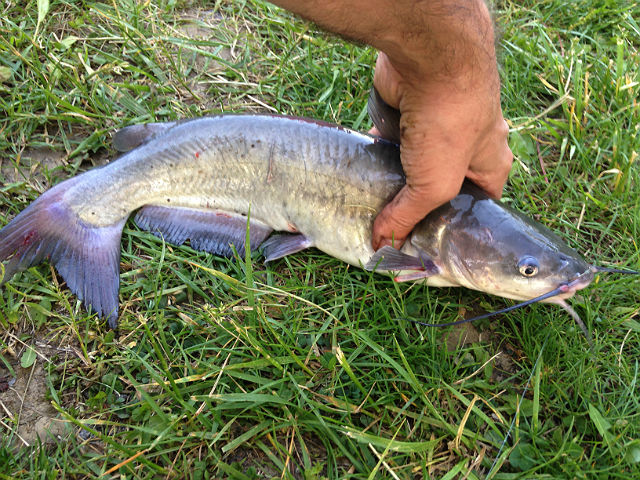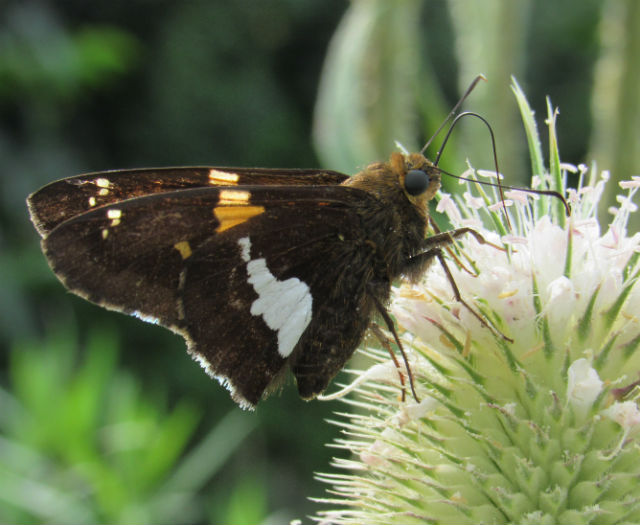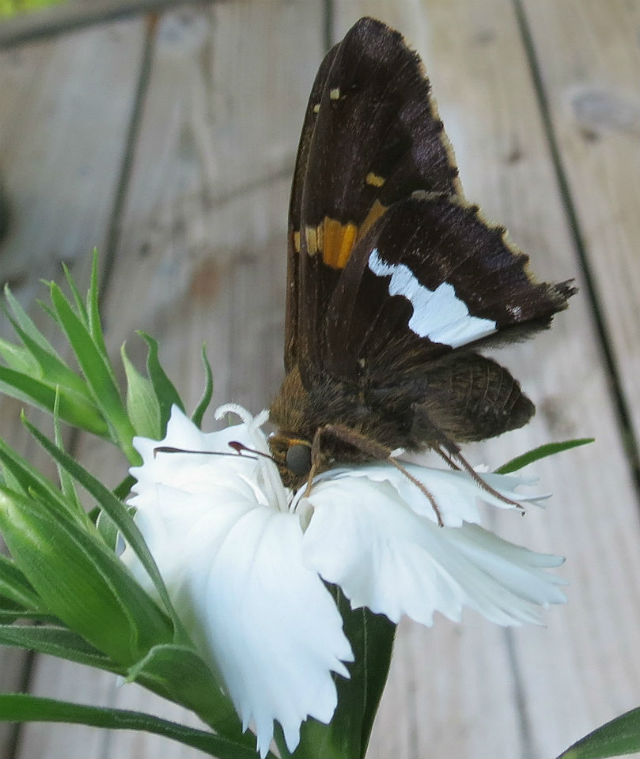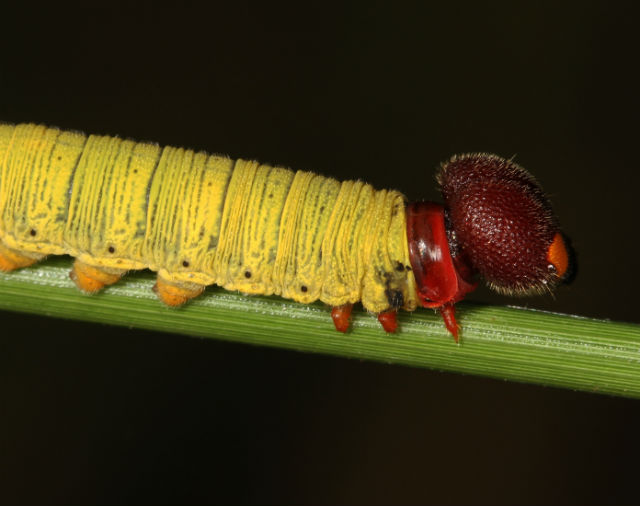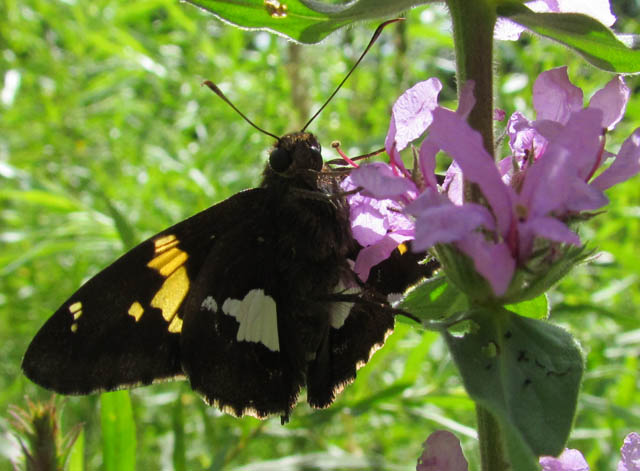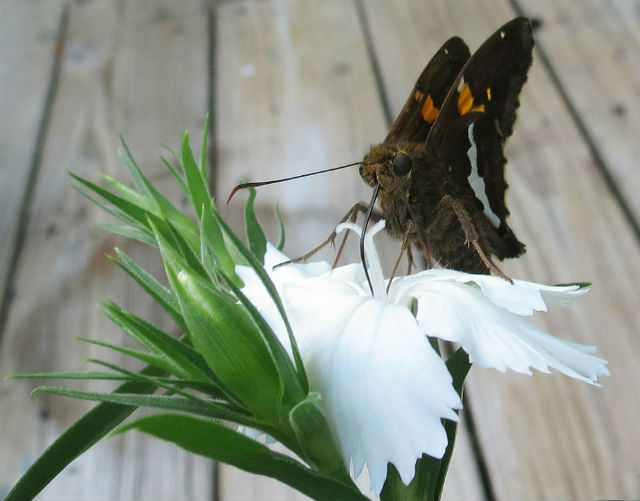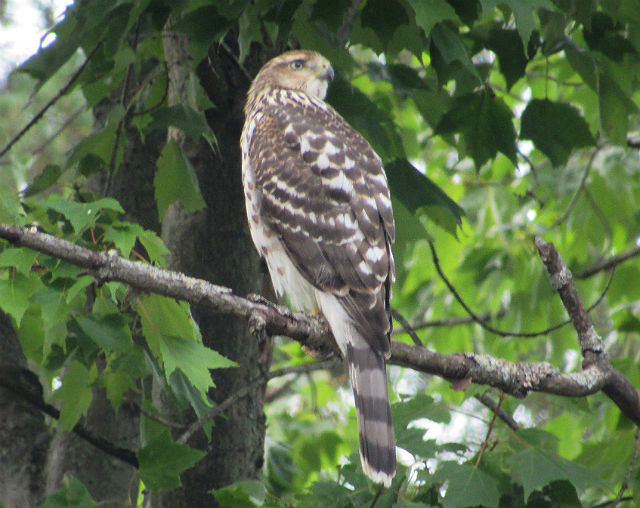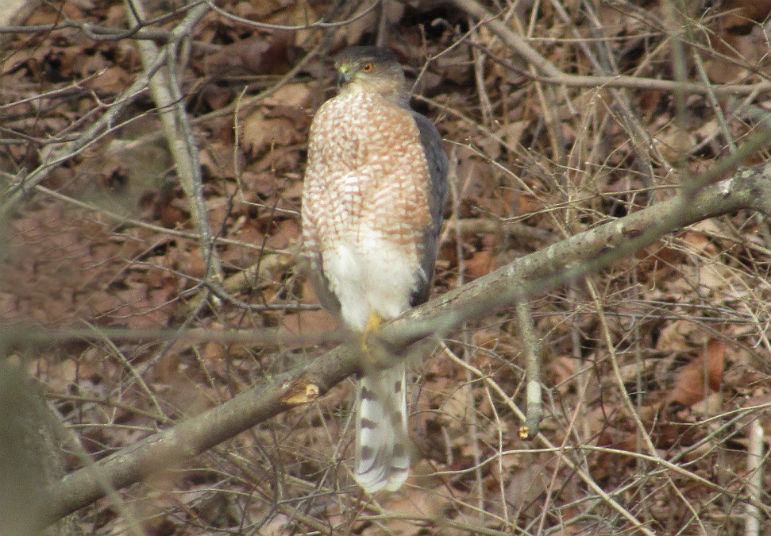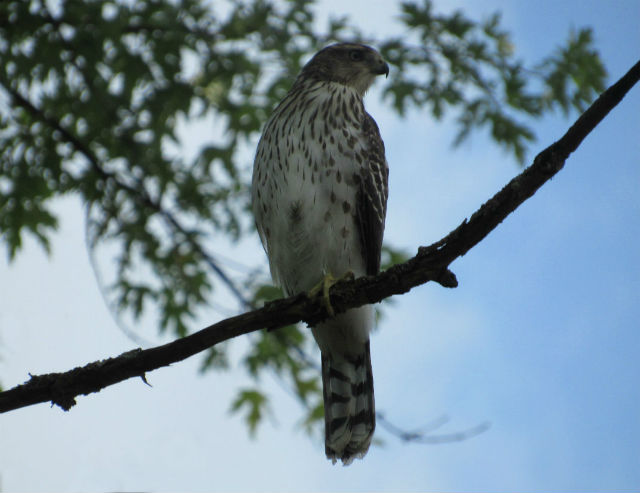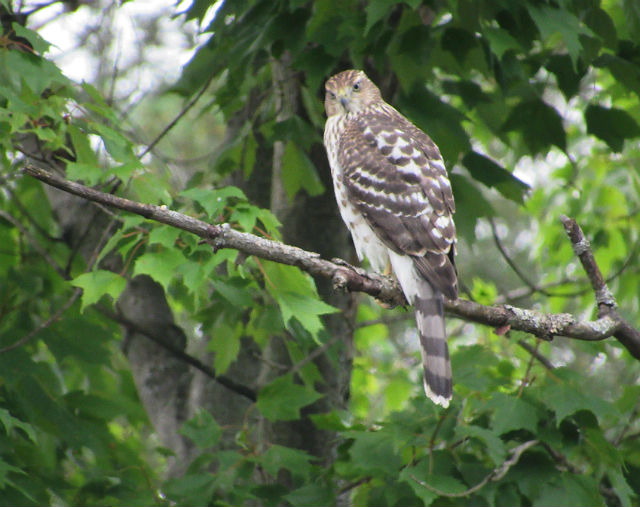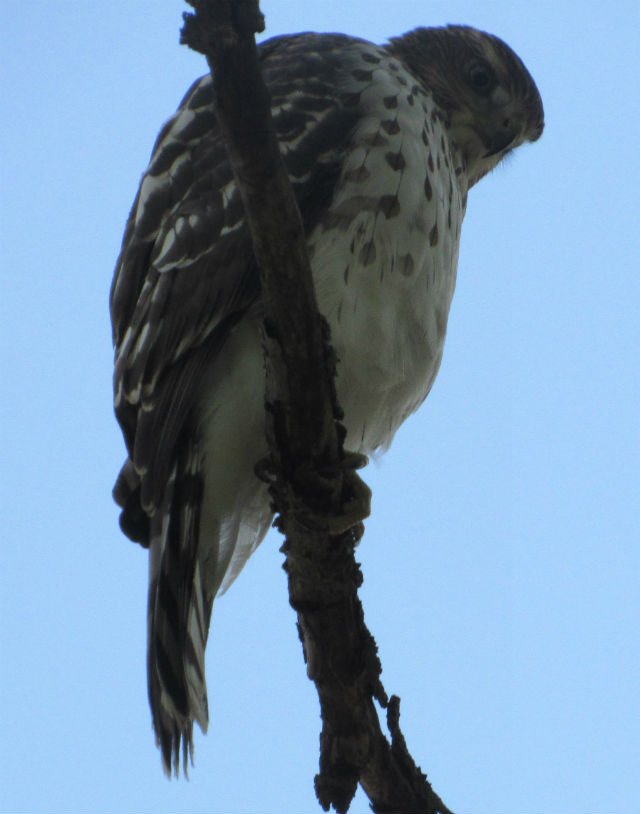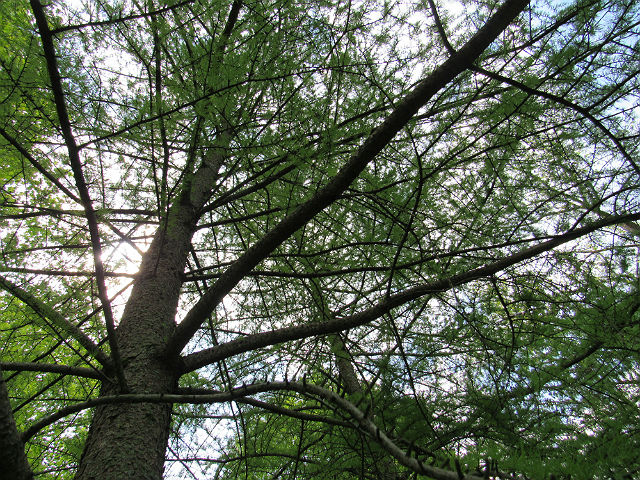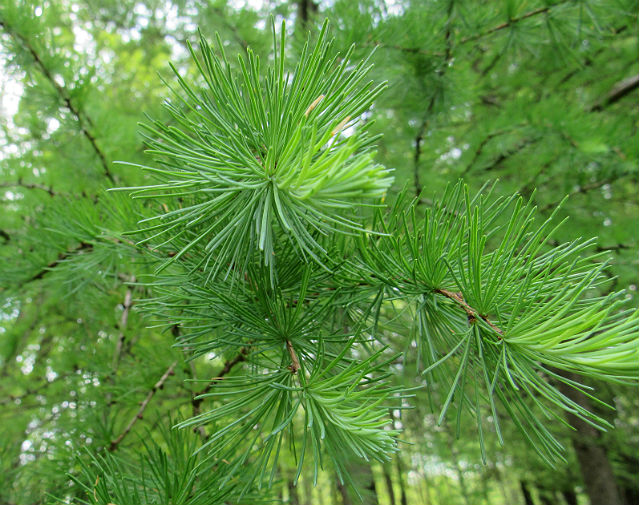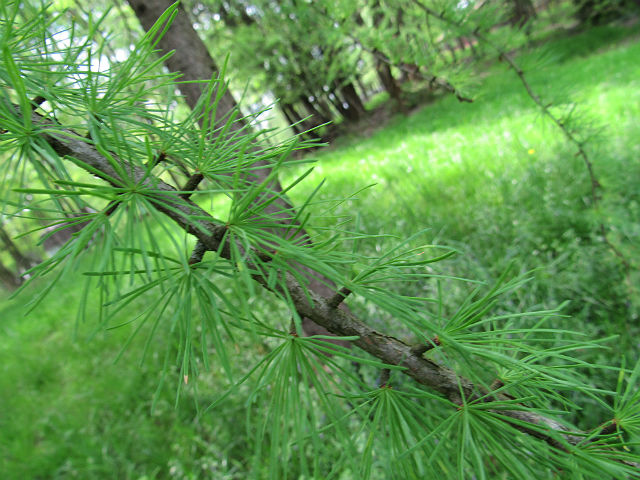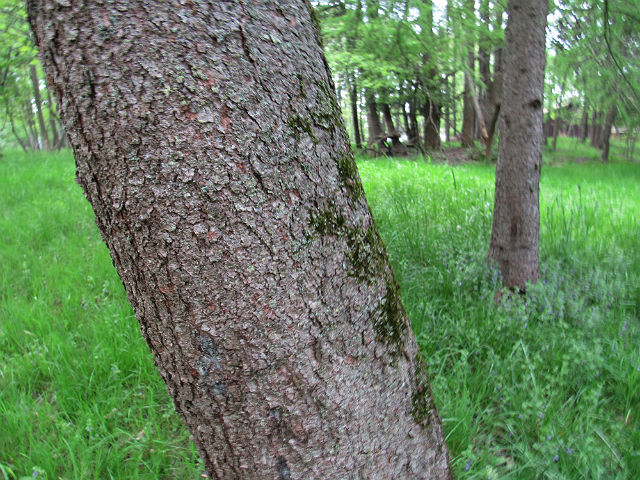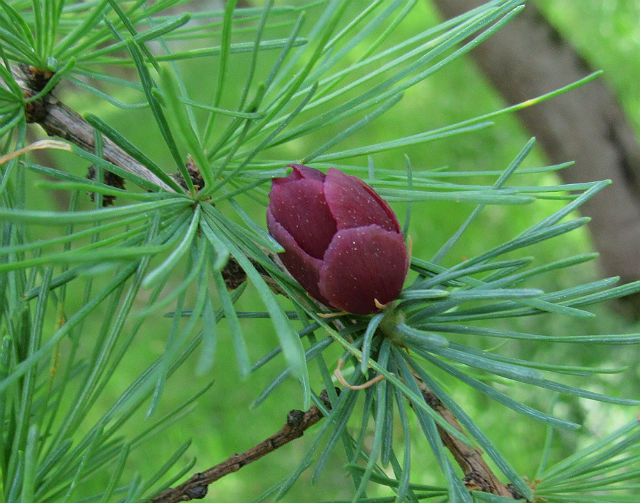While doing a little summertime fishing, I hooked one of these fine creatures. Channel Catfish are North America’s most numerous catfish species. In the United States, they are the most fished catfish species; their popularity for food has contributed to the rapid expansion of aquaculture of this species.
Like other catfish, they have no scales, a single bony spine in each pectoral fin and the dorsal fin, and 8 barbels (whiskers) around the mouth.
Channel Catfish live in a diverse array of habitats, including four of the five Great Lakes (Lake Superior excluded), inland lakes and medium to large rivers. Adult catfish typically inhabit deep pools with log jams or rocks for cover during the day and move into shallow water at night.
They are capable of living more than 15 years, and individuals up to 24 years of age have been reported. In ideal habitats, Channel Catfish often grow to over 30 inches and weigh more than 10 pounds.
Like all catfish, they will eat pretty much anything. Their diet includes insect larvae, crayfish, mollusks, small fish and clams, snails, worms and seeds. Channel Catfish mainly feed at night, and use their barbels to find food in the deep, dark water. Their impressive size and high quality flesh make these catfish deservedly popular as a sport fish.

